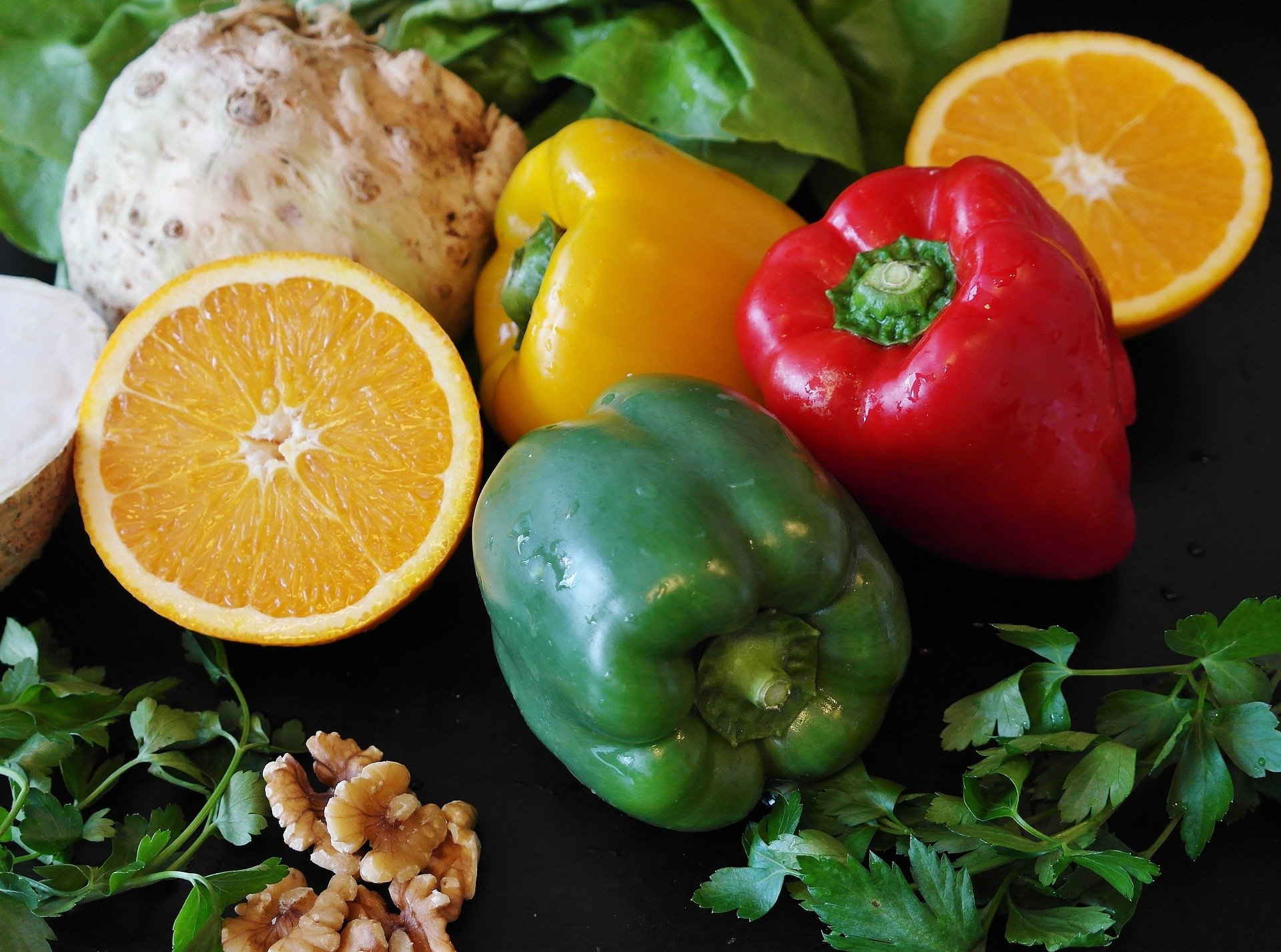What to eat to keep your liver healthy
30% of Americans have a fatty liver; simple diet choices can keep your liver healthy and even repair it when it’s damaged
When too much fat is stored in the liver it can damage this vital organ, leading to liver inflammation, which may cause liver scarring, liver failure and liver cancer in some susceptible people. In the past most fatty liver disease was caused by heavy alcohol use. Nowadays the most common cause of excessive fat accumulation in the liver is nonalcoholic fatty liver disease – it’s unfortunately extremely common and affects about a quarter of the world population. Among people who are obese the incidence is an astounding 70 percent. The obesity epidemic is fueling the rapid rise in liver disease.
There are no FDA approved medications for nonalcoholic fatty liver disease but the good news is that this liver affliction is reversible. Diet changes and physical activity are known to improve this condition. Studies have shown that vegetables and fiber are associated with less risk of fatty liver disease, and a Western diet, high meat consumption, and soft drinks are linked with elevated risk.
A new study in the Journal of Nutrition looks at the diets of a large multiethnic group of 1682 people, whose liver composition was measured using the gold standard: MRIs quantifying fat in the organ.
The foods and nutrients linked with higher liver fat are total fat, saturated fat, cholesterol and meat.
On the other hand, fiber, vitamin C and vitamin E are significantly linked with leaner livers.
People obviously don’t eat vitamins and cholesterol as such, they eat food, and these findings suggest that the diets that are linked with liver fat storage are those high in fat, rich in animal products; those that are associated with less liver fat are more plant based (that’s where the fiber and vitamins come from). The authors conclude: “we found strong positive associations between liver fat and intakes of total fat, percentage energy from fat, and saturated fat, with meat intake a likely contributor.”
The study’s findings confirm those of previous ones. A study of 1128 Dutch people found that people with fatty liver ate more animals, soft drinks and snacks, and less fiber, and several studies show that dietary fiber is associated with lower incidence. A meta-analysis shows a dose-dependent connection between sugary drinks and non-alcoholic fatty liver disease – the more sugary drinks the higher the risk of nonalcoholic fatty liver disease.
How do you know if you’re developing fatty liver disease?
Nonalcoholic fatty liver disease is usually silent and manifests no symptoms. People may come to medical attention if their liver enzymes – those are measured in blood tests done routinely as part of a regular checkup – are abnormal. These liver enzymes (including ALP, ALT, AST, GGT) can be an indication that the liver is inflamed or injured, and fatty liver disease is one of the common reasons for that. These tests can be followed up with imaging studies of the liver, such as an ultrasound, CT or MRI.
Lifestyle measures to protect your liver
To protect your liver avoid stressing it out: Excessive alcohol damages the liver, as can some medications. The pandemic has unfortunately led to a significant spike in alcohol consumption.
A healthy diet rich in fruits, vegetables and whole grain is as good for your liver as it is for pretty much every other part of your body. Same goes for exercise. The diet-exercise holy duo also helps with avoiding weight gain, controlling cholesterol, triglycerides and abnormal sugar tolerance – which all increase the risk of extra fat deposits in your liver.
Dr. Ayala

